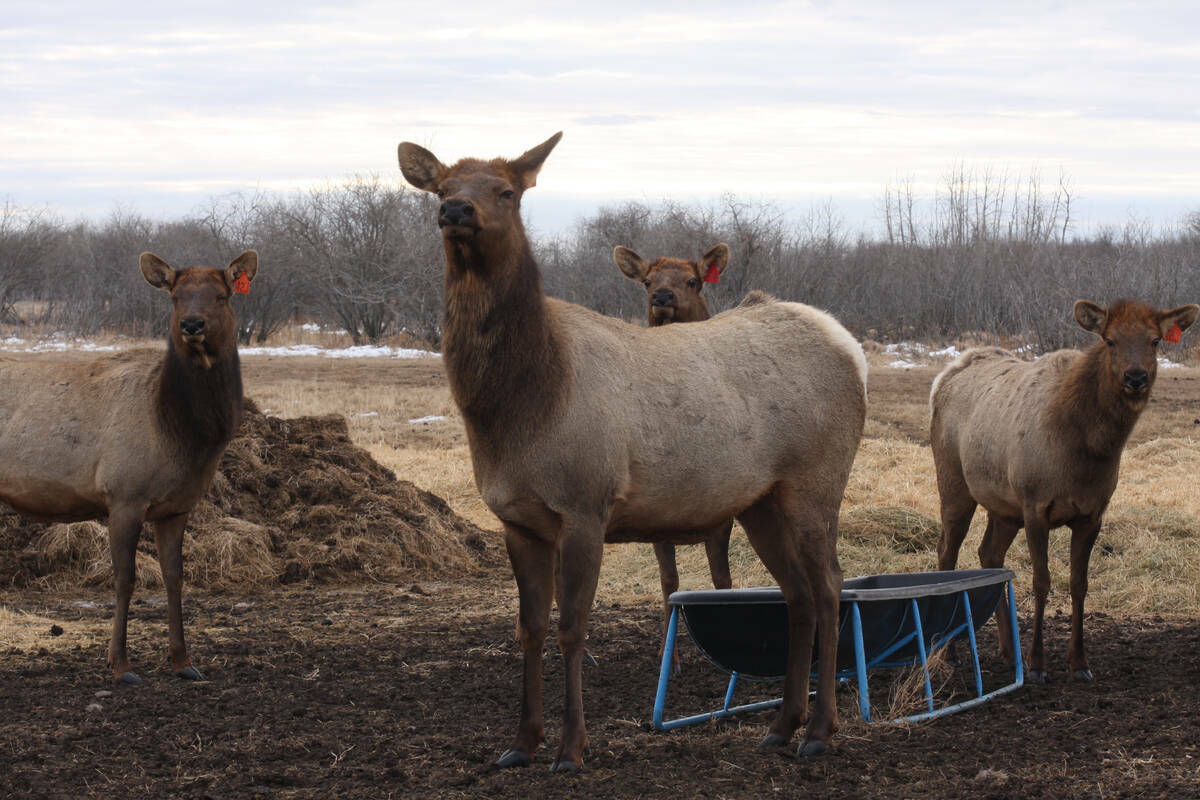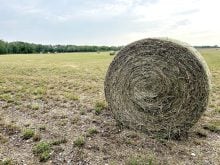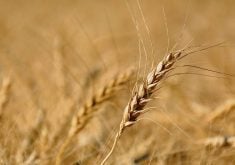Wireworms are a big problem in Alberta fields, and an entomologist is seeking help from farmers to find ways to control them.
“We have a lot to learn about wireworms,” said Haley Catton who works at Agriculture and Agri-Food Canada’s Lethbridge research station. “We need to do a lot more research to figure out how to manage them without chemicals.”
Catton is looking for a dozen dryland fields (within a two-hour drive of Lethbridge) that will be seeded to durum or wheat this year. The project will look at which species are active and if having a history of canola in a field affects populations.
Read Also

Cervid harvest preserves to be developed in the province under Bill 10
The Government of Alberta has given approval for creation of cervid harvest preserves.
“Out east, they have a big wireworm problem in P.E.I. in potatoes,” she said. “Research there has shown that rotation with mustard (a relative of canola) suppresses the wireworm populations.” Wireworms aren’t actually worms but the larval stage of click beetles. Adult beetles aren’t a threat to crops but their offspring are. Eggs are laid in the soil and the larvae can live up to five years, happily munching on the roots and the bottoms of all crops, especially cereals.
There are about 30 species of wireworms across Canada, with five to six native to Alberta.
There is no chemical control — the last of the carbamate and organophosphate insecticides formerly used on this pest was phased out in 2004.
“Right now, when a producer has a wireworm infestation in their field, there is no way to get rid of the wireworms,” said Catton.
Seed treatments can reduce wireworm damage, but it’s not a great option.
“The producer can get the crop off for a year, but the wireworms are just sitting there for another year,” she said. “It’s a pretty big problem. It’s a big pest, re-emerging with the phase-out of the insecticide that used to kill them.”
Catton and her team will set up and maintain small insect traps in fields prior to seeding and monitor them until harvest. If you have a field suited to the research, contact Catton at 403-317-3404 or by email.
















